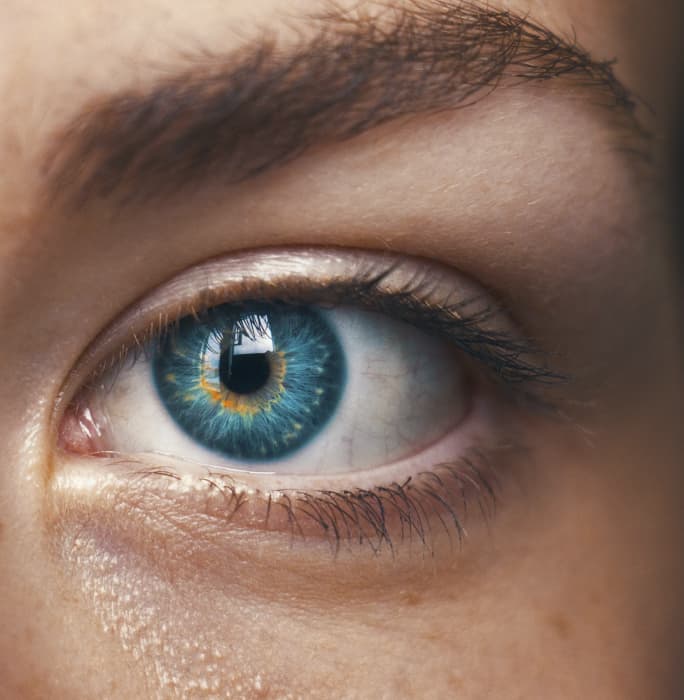Free Yourself From the Hassles of Contacts and Glasses
Implantable Lenses can help you live life uninhibited by getting rid of the hassles of contacts and glasses.
See Life in Full Detail
Explore implantable lenses to unlock visual freedom and a life rich with new experiences. There are various phakic IOL lenses to choose from, made from different types of materials.

Envision a Life Without Hesitation
From hitting the gym to hitting the waves, having implantable lenses means you’re always ready to live life to the fullest.

Experience the More Natural Choice
Implantable lenses are typically an additive procedure meaning that they can be a vision correction option that’s in harmony with your natural eye, keeping it completely intact. Implantable lenses can be made of different types of materials, one of which is Collamer™. Collamer is biocompatible and stable in the eye.
Implantable
Implantable lenses are made from biocompatible, stable and flexible materials enabling minimally invasive insertion.
Treatment
Implantable lenses can treat a wide range of prescriptions from low to moderate to high myopia with or without astigmatism.
This information is presented in the public interest by STAAR Surgical™ to create awareness of options available for those with near-sightedness with or without astigmatism. Please consult your health care provider to determine which option is right for you.
Select Your Region
Latin America
References
1Patient Survey, STAAR Surgical ICL Data Registry, 2018
2Sanders D. Vukich JA. Comparison of implantable collamer lens (ICL) and laser-assisted in situ keratomileusis (LASIK) for Low Myopia. Cornea. 2006 Dec; 25(10):1139-46.
3Naves, J.S. Carracedo, G. Cacho-Babillo, I. Diadenosine Nucleotid Measurements as Dry-Eye Score in Patients After LASIK and ICL Surgery. Presented at American Society of Cataract and Refractive Surgery (ASCRS) 2012.
4Shoja, MR. Besharati, MR. Dry eye after LASIK for myopia: Incidence and risk factors. European Journal of Ophthalmology. 2007; 17(1): pp. 1-6.
5aLee, Jae Bum et al. Comparison of tear secretion and tear film instability after photorefractive keratectomy and laser in situ keratomileusis. Journal of Cataract & Refractive Surgery , Volume 26 , Issue 9 , 1326 - 1331.
5bParkhurst, G. Psolka, M. Kezirian, G. Phakic intraocular lens implantantion in United States military warfighters: A retrospective analysis of early clinical outcomes of the Visian ICL. J Refract Surg. 2011;27(7):473-481.